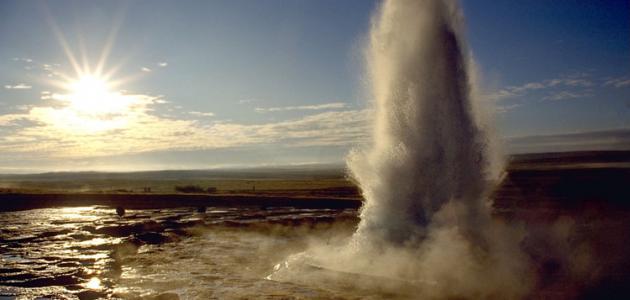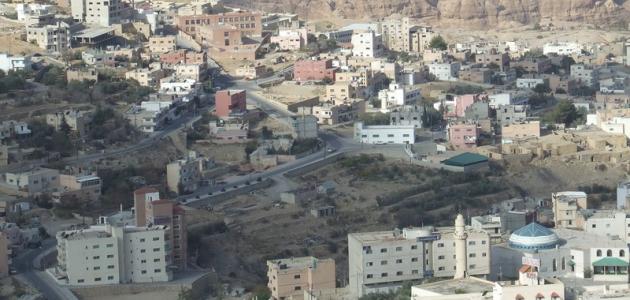seasons
The year is divided into four seasons according to the climate that prevails in each season, which are spring, summer, autumn, and winter.
winter season
The winter season is considered one of the four seasons, and it is the last season of the year, that is, which comes after the fall season, and it is characterized by its coldness and sometimes rain and snow, and the winter season extends from the twenty-first of December to the twenty-first of the month of March, and in this period the summer season has come to Southern Hemisphere, and in the winter the night hours are longer than the day hours.
The number of winter days in the northern hemisphere reaches ninety-three days, and in the southern hemisphere reaches eighty-nine days. The winter season witnesses the migration of flocks of birds to escape the winter and in search of warmth.
Winter in folk life
People pay special attention to the winter season and create an atmosphere for them to alleviate the severity of the cold and the long hours of the night. It has become a popular custom for friends and relatives to gather around a hearth in pursuit of warmth, and they chat and exchange parties until the warm fire is extinguished. In ancient times, Arabs used to gather to listen to stories and novels. From the Arab heritage, such as the stories of Al-Zeer Salem, Antar bin Shaddad, and others, and the hope of the elderly remains for more good rains, in anticipation of a good agricultural season.
Read also:The largest volcano in the worldPopular winter division
The Arabs divide the winter season into two periods, the first called the Arbaeen or Arbaeen, and the second is the fifties, and it is as follows:
- Arbaeen: It is the first period in the winter season and extends for forty days, and its first days start from the morning of the twenty-third of December until the end of the thirty-first day of January.
- Pentecostal: The Arabs also divide it into four equal periods, which are as follows:
- Saad the Slaughter: The duration of this period is twelve and a half days, and it is called Saad the Slaughter due to the abundance of rain and the large quantities that fall during this period, and it starts from the morning of the first of February until the middle of the thirteenth day of the same month.
- Saad Balaa: This name was given to this period due to the land swallowing the large and abundant amounts of rain water carried by the clouds during that period, and also its period extends for twelve and a half days.
- Saad Al-Saud: The Arabs say, “Saad Al-Saud circulates water in the Oud.” This phrase means that the sap in the branches of the trees begins to evaporate, and its period extends from the end of the last day of Saad Balaa until the month of March.
- Saad Al-Khabaya: The Arabs gave this name to this period due to the spread of snakes and their exit from their burrows after a winter hibernation. During this period, the sun begins to send its rays back to the earth, and the atmosphere begins to warm little by little, and the earth is adorned with flowers and herbs.









